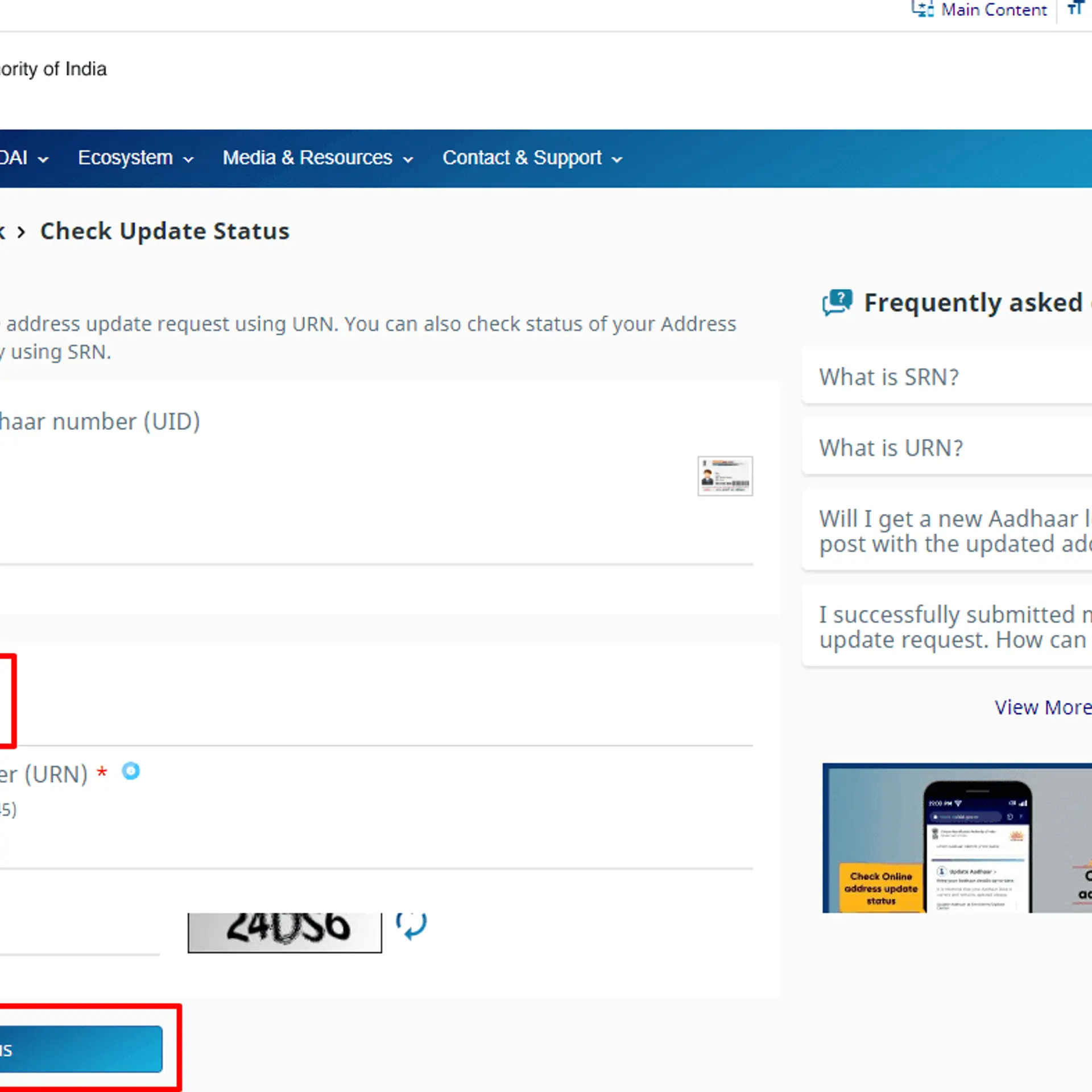

How technology has evolved to enable 2-way interactive teaching sessions even in the remotest villages in India
Innumerable discussions happen every other day on ‘quality education’ and the quality of education. Education, as we all understand, plays a pivotal role in the holistic growth and development of a country and its citizens. It, hence, becomes important that all the citizens are imparted quality education.

For a country serving almost 1.3 billion people, where people not only hail from diverse backgrounds geographically, socially and economically, it becomes hard to provide all people with the necessary infrastructure. With more than 80% of the population still living in the rural areas of the country, many not even having access to even a basic necessity like education.
It is very unfortunate that even after seven decades of independence, there are many villages which do not even have a single active functioning primary school. The staggering number of students enrolled in the schools in the rural areas is daunting, to say the least. Recent studies have shown that enrolment in government-run schools fell over 13 million during the past five years.
The scenario in the urban areas is much more satisfactory as most of the education centers in cities have good infrastructure. However, what troubles most parents here is the ever-increasing school and coaching fees which often poses a financial burden. Studies have shown that middle-class families on an average spend about 60% of their incomes on their children’s education.
Further, another major challenge the sector currently faces is the acute shortage of qualified and trained teachers across the country. In fact, the paucity of teachers has been leading to appalling teacher-student ratio. To add to this, the availability of only rudimentary traditional classrooms with the teachers who possess low teaching skills, make it difficult to extend the right kind of support to learners.
The pertinent question that needs to be paid heed to at this juncture is, how do we bridge the gaps in the education system?
Technology to the rescue
With the extensive reach of the Internet and the availability of low-cost smartphone and internet services, technology plays a vital role in multiplying the reach and access to education for the masses and bridging the gap between the rural and the urban populations.
Online education is not a new term. But, what is new though is the concept of interactive classes or “Flipped Classroom”. A concept, wherein, a gloomy blackboard is replaced with the interactive whiteboard, with projectors and speakers which is student-centric that breeds an immersive learning environment. What’s more important is that students, irrespective of their demographic backgrounds and socio-economic status, are able to learn from the best teachers across the country, irrespective of where they are. Not much of a fortune takes to accomplish this as all you need is an Internet connection and a smartphone.
Bridging the gap
A major challenge that the Indian education sector has been facing has been the inability of the system to provide similar infrastructure to all across the country. While a lot of initiatives have been proposed and executed by the government over the years, the scenario still isn’t good as the efforts by the Centre fails to reach the larger population.
Now with technology expanding the horizon, the vision is finally becoming a reality. With access to the Internet and smartphone, students can connect with renowned teachers from across India. The technology is enabling and encouraging interactive sessions and involvement from students and provides a platform wherein they can communicate directly with the teacher and also with their fellow mates, with no geographical constraints.
Thanks to the modern technological innovations, even an Internet connection with the lowest bandwidth of 256 kbps is good enough to access online coaching classes. In fact, online classes have proved to be a boon for students who prefer to learn at their own pace. The availability of enormous amounts of exercise material and access to it 24/7, along with assistance for the students, has been transforming the way students are learning. The online platform has been instrumental in making learning interesting and interactive.
More for less
It’s no secret that education does burn a hole in your pockets. Most of the lower class families can’t afford the fees charged by major educational training centers while a majority of the middle-class families end up taking loans. With the ever-increasing school fees, online interactive classes do come as a relief to a lot of students as they can take up the same courses at an affordable rate without compromising the quality of inputs provided.
The way ahead
India is believed to be the second-biggest e-Learning market and with the country taking giant strides by leveraging technology through programmes like Digital India, it’s time technology is put to good use and steps are taken to support e-Learning as it is a means for many to secure education from their dream Institutions. The road has been laid to a brighter future and with interactive learning as its mainstay. Many start-ups are coming up with innovations in the e-learning space.
The breakthrough by this e-learning platform is a 2-way interactive teaching session. This has aided students in rural areas to bridge the gap between the lack of teachers as well as the absence of interactive learning.





